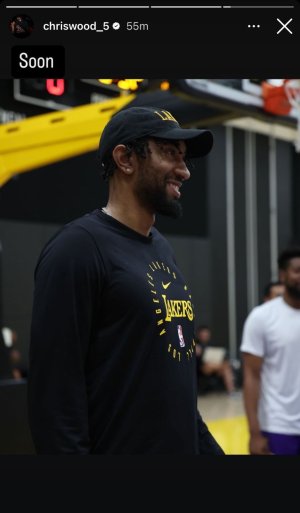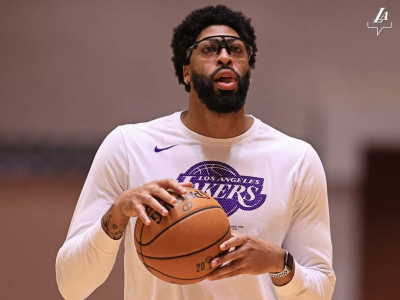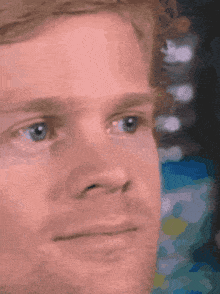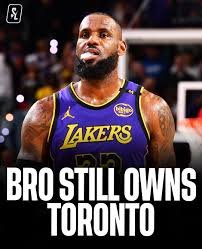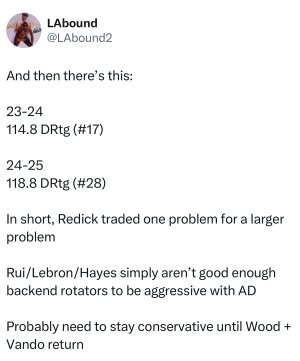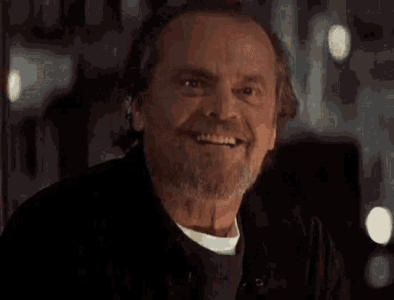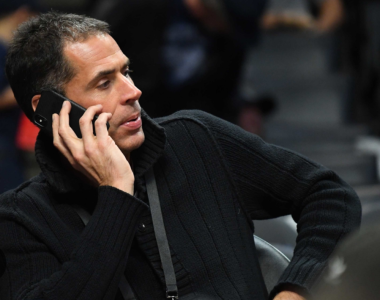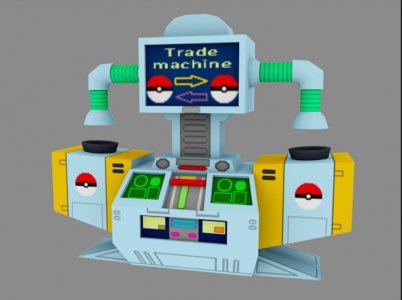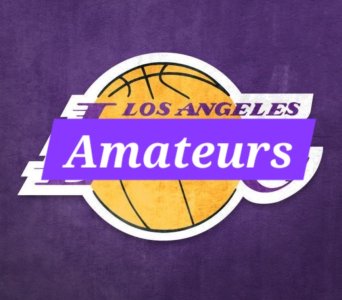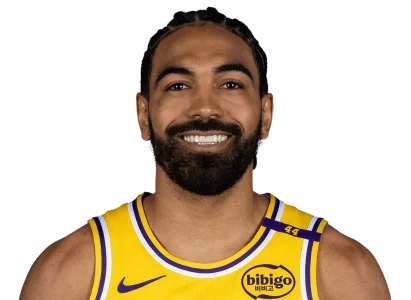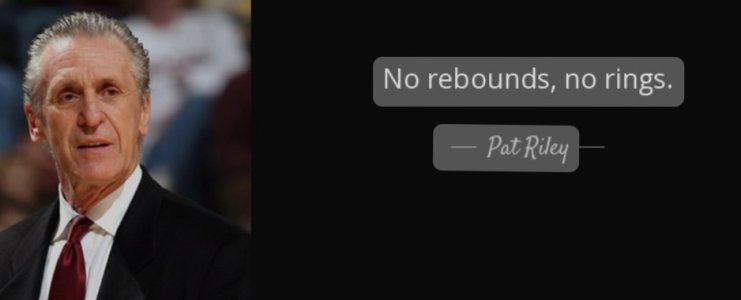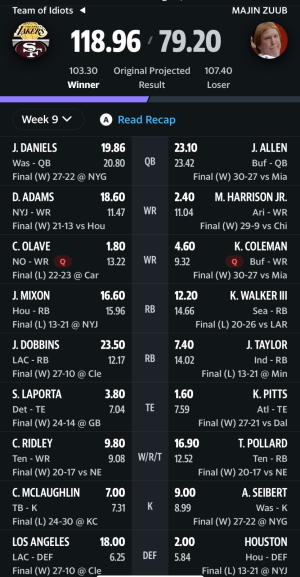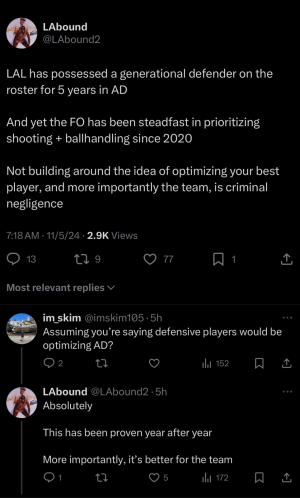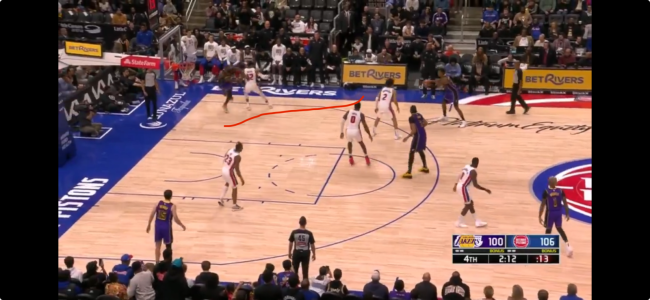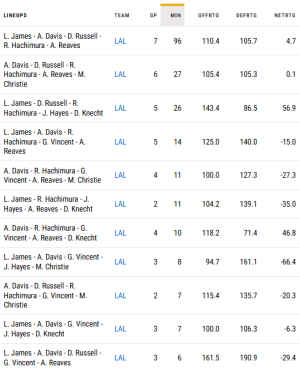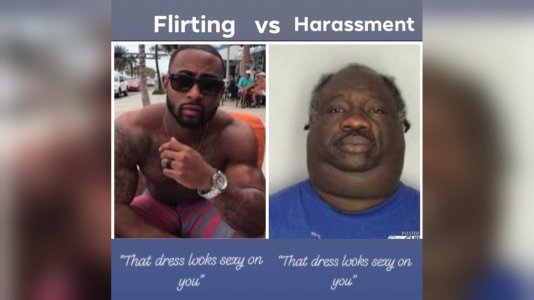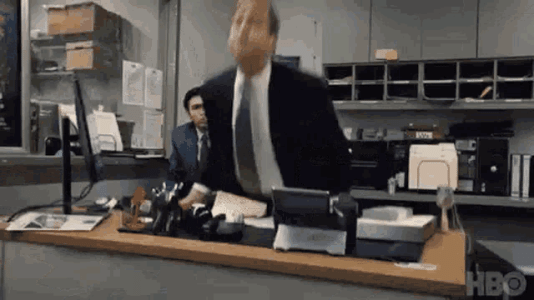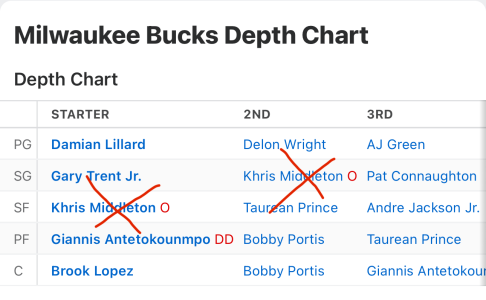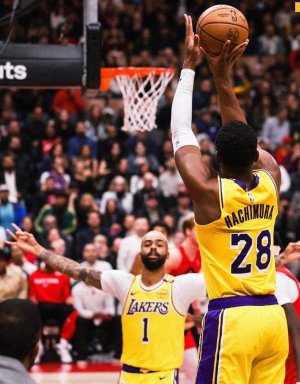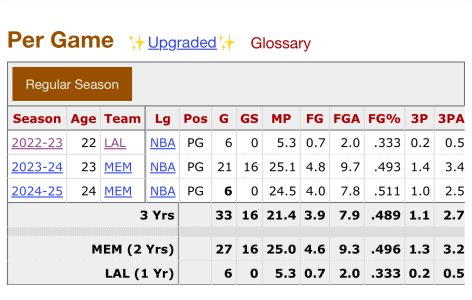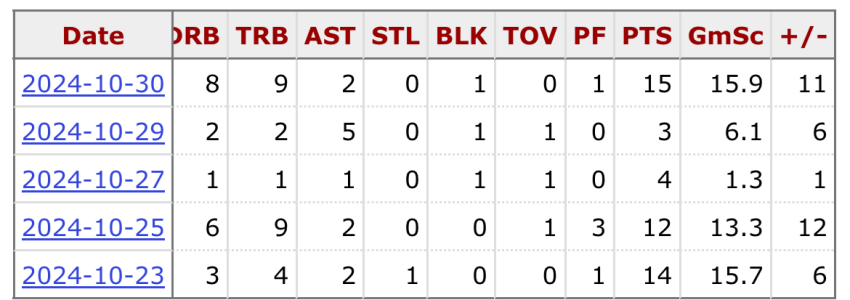- Sep 5, 2010
- 92,711
- 128,940
Player option predictions from John Hollinger.
Reminder: A “No” verdict on the player option means he becomes a free agent, a “Yes” verdict means he picks up the option and stays.
AD:
(October update) With a world championship under his belt, the issue isn’t whether Davis opts out, but what type of contract he re-signs with the Lakers. He will be getting a raise on his $28.5 million regardless, as his max contract would be $32.7 million for 2020-21 even if the cap number stays at $109 million. (Side note: Davis is not supermax eligible).
The only real issue for Davis is how long a deal to sign. Under present assumptions about the cap, he might prefer to sign a multi-year deal with 8% raises, since it’s not clear whether the cap will jump that much in 2021-22. A likely target for him would be a three-year deal with an opt-out in 2022, when he qualifies as a 10-year vet and can get 35 percent of that year’s cap as a first-year salary. If he remains a max-worthy player and the cap number has rebounded by then in a post-COVID return to normalcy, Davis could be looking at a $250 million payday. Verdict: No
KCP:
Bradley:
(October update) Bradley played better for the Lakers this year than in his past two seasons with the Clippers and Detroit (although he actually scored at a relatively high clip in his brief 2019 cameo with us in Memphis) … but the tale of the tape still says his last three seasons have yielded PERs of 9.6, 7.6 and 8.9. Ugh.
Bradley has value beyond his stats because of his on-ball defense, but it’s hard to see his three-year track record generating offers greater than the room exception money he received last summer, and there’s some downside risk that the market could turn on him and deliver quite a bit less. Additionally, he wasn’t part of the Lakers run to the championship because he opted to sit out the NBA bubble, depriving him of the playoff halo that some others have cashed in on. Overall, it’s hard to see why he’d mess with a good playing-time situation on an elite team. More money will be out there next summer. Verdict: Yes
Javale:
(October update) McGee has one of the toughest decisions of any player this offseason. He started all year for a team that won the NBA championship, but he’s 32 years old and his role vanished into DNP territory as the playoffs wore on.
Bigger picture, McGee’s Laker incarnation was a pleasant surprise – he was legitimately good in 2019-20 and offered value well beyond his $4M contract. He’ll be wading into an unfriendly market for bigs, but even so, it’s hard to imagine him making less than the biannual exception based off the year he’s had in L.A. Another advantage for McGee is his Early Bird Free Agent status because of his two years of service with the Lakers. As a result, L.A. can re-sign him at a number above last year’s salary without using exception money.
I’ve gone back and forth on this one, but I think the conditions might slightly favor McGee opting out, knowing his absolute worst-case scenario is next season’s 10-year veteran minimum of an estimated $2.6 million. Verdict: No
Rondo:
(October update) Playoff Rondo is about to make some coin for Regular Season Rondo. For most of the 2019-20 season, Rondo was a 34-year-old backup whose play graded out as replacement level-ish each of the past two seasons. In the playoffs, however, he morphed into a completely different creature, one who was arguably the Lakers’ third-best performer in their run to the championship.
That well-timed burst of quality play should up Rondo’s price point far beyond the minimum salary he earned a year ago, even if it’s buyer beware for any acquiring team that sees him as a key piece of their regular season operation. One option, of course, is to re-sign with the Lakers on another 1+1 deal, albeit at a higher price. Verdict: No

 theathletic.com
theathletic.com
Reminder: A “No” verdict on the player option means he becomes a free agent, a “Yes” verdict means he picks up the option and stays.
AD:
 Anthony Davis
Anthony Davis | Lakers | $28,551,774 |
The only real issue for Davis is how long a deal to sign. Under present assumptions about the cap, he might prefer to sign a multi-year deal with 8% raises, since it’s not clear whether the cap will jump that much in 2021-22. A likely target for him would be a three-year deal with an opt-out in 2022, when he qualifies as a 10-year vet and can get 35 percent of that year’s cap as a first-year salary. If he remains a max-worthy player and the cap number has rebounded by then in a post-COVID return to normalcy, Davis could be looking at a $250 million payday. Verdict: No
Cha. Ching. At the absolute worst, Caldwell-Pope will have a huge market at the MLE, with 15 or so teams in position to use it and seemingly everybody looking for 3-and-D wings. There’s no chance he makes less than $8.5 million next year if he opts out. He could also do much, much better. Once could easily see a team like Atlanta, Charlotte or even Phoenix deciding to take the plunge on KCP as a starting 2 with a salary in the low-t0-mid teens. Over four years that gets him $50-60 million. As with Grant above, a long-term extension with the Lakers is another theoretical possibility; he could opt in for next year and then tack on a four-year, $45 million extension that brings the total value to $53 million over the five years. At this point, however, he likely can do about the same or better in unrestricted free agency without locking in for half a decade. If he does opt out, the Lakers should still be a strong contender to retain his services. They will have full Bird rights on Caldwell-Pope, have a manageable situation regarding the luxury tax, and can point to an obvious fit in terms of role, playing time and title aspirations. But any chance of him opting in evaporated during those last three Finals games. Verdict: No |
 Avery Bradley
Avery Bradley | Lakers | $5,005,350 |
Bradley has value beyond his stats because of his on-ball defense, but it’s hard to see his three-year track record generating offers greater than the room exception money he received last summer, and there’s some downside risk that the market could turn on him and deliver quite a bit less. Additionally, he wasn’t part of the Lakers run to the championship because he opted to sit out the NBA bubble, depriving him of the playoff halo that some others have cashed in on. Overall, it’s hard to see why he’d mess with a good playing-time situation on an elite team. More money will be out there next summer. Verdict: Yes
| JaVale McGee | Lakers | $4,200,000 |
Bigger picture, McGee’s Laker incarnation was a pleasant surprise – he was legitimately good in 2019-20 and offered value well beyond his $4M contract. He’ll be wading into an unfriendly market for bigs, but even so, it’s hard to imagine him making less than the biannual exception based off the year he’s had in L.A. Another advantage for McGee is his Early Bird Free Agent status because of his two years of service with the Lakers. As a result, L.A. can re-sign him at a number above last year’s salary without using exception money.
I’ve gone back and forth on this one, but I think the conditions might slightly favor McGee opting out, knowing his absolute worst-case scenario is next season’s 10-year veteran minimum of an estimated $2.6 million. Verdict: No
| Rajon Rondo | Lakers | $2,692,991 |
That well-timed burst of quality play should up Rondo’s price point far beyond the minimum salary he earned a year ago, even if it’s buyer beware for any acquiring team that sees him as a key piece of their regular season operation. One option, of course, is to re-sign with the Lakers on another 1+1 deal, albeit at a higher price. Verdict: No

NBA Free Agents for 2020: Predicting player, team options
From big names (Anthony Davis) to players who are on their fifth team in three seasons, Hollinger examines options for this offseason.
 Kentavious Caldwell-Pope
Kentavious Caldwell-Pope








